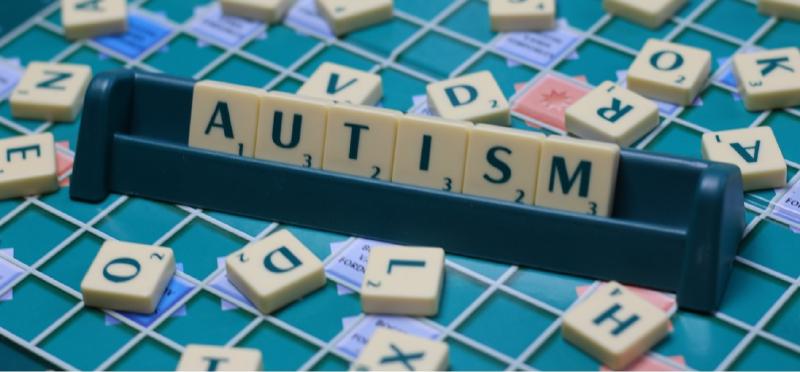Autism, What Is It?

Photo credit: PlusLexia
Normal people have an incredible lack of empathy. They have good emotional empathy, but they don’t have much empathy for the autistic kid who is screaming at the baseball game because he can’t stand the sensory overload. Or the autistic kid having a meltdown in the school cafeteria because there’s too much stimulation.
Temple Grandin
We have all heard about it and may know someone who has it. With more and more people being diagnosed with autism, it is good to have at least a basic understanding of it. This way we can have empathy for people with autism; whether it is that screaming kid at the baseball game, the woman who keeps on talking about the same thing over and over or the man that doesn’t look you in the eye. The brains of people with autism work differently than of those without. When we step into their world, we can have a better understanding of what they are going through and adjust our response.
Autism Spectrum Disorder
What is autism? Autism, officially Autism Spectrum Disorder, is sometimes mistaken for mental illness but is actually a neurodevelopmental disorder. It is important to know that autism comes in a wide variety of symptoms which can range in severity (hence spectrum). There is no “one size fits all” for autism. How autism manifests in a person is a combination of genetics and environment and can range from being independent to not being able to live without assistance and everything in between. But all the symptoms originate from a lack of development in social skills/communication and behavior.
Social skills/communication
There is a wide range of problems that someone with autism may have when it comes to social interaction, but they all belong to one of the three categories below. Again, the problems and their severity vary from person to person.
- Social/emotional reciprocity; like starting a conversation or responding to others.
- Non-verbal communication; difficulty interpreting facial expressions, tone of voice, body posture, and gestures as well as using non-verbal communication.
- Developing and maintaining relationships; difficulty adjusting to situations, sharing and making friends.
Behavior
The other aspect of autism is limited and repetitive behaviors and interests.
- Repetitive movements (like rocking and hand flapping) and speech (repeating words and phrases)
- Inflexibility; sticking to routines (distress at small changes/transitions), rigid thinking, and rituals.
- Limited/fixated interests (only interested in or fixated on a specific topic)
- More or less sensitive to sensory input than other people (temperature, smell, touch, etc.)
Diagnosis
Children are being screened for developmental issues during wellness checkups. If there is a suspicion of autism, then a comprehensive evaluation is done by a multi-disciplinary team (like psychologist, neurologist, speech therapist etc.). This evaluation includes a neurological assessment, cognitive, and language testing. About 1 in 54 kids in the US is diagnosed with autism and boys 4 times more than girls. In general kids are diagnosed after the age of 4, but it can be done as early as age 2. If the symptoms are milder, it can happen that diagnosis doesn’t happen until later in live as a teen or an adult. Also, criteria have changed over the years, so an adult who wasn’t or couldn’t be diagnosed as a kid, may be diagnosed now.
Treatment
There is no cure for autism, but there are treatments that can help improve the symptoms. Since everyone’s needs are different, there is no standard treatment. An important treatment is early-intervention (ages 2-4). Early diagnosis is important because younger brains have more plasticity than older brains and gives the child a better chance to close the gap with peers. Also, it may prevent difficulties in families because of not understood behaviors that cause frustration and confusion. It is proven that early-intervention (ages 2-4) has a major positive effect on the symptoms and skills that last long term and set the kids up for more success later in live.
Other treatments are:
- Behavioral management therapy which aims to improve skills to deal with daily situations and reinforce wanted behavior.
- Educational and school-based therapies. Under the Individuals with Disabilities Education Improvement Act (sometimes called IDEA) children with autism can get free educational services and devices to give them the best possible chance to learn.
- Speech-language therapy
- Occupational therapy
- Physical therapy
More treatments and information can be found on the site of the Eunice Kennedy Shriver National Institute of Child Health and Human Development.